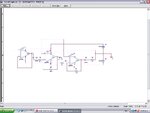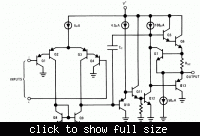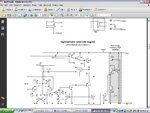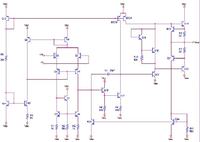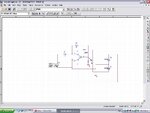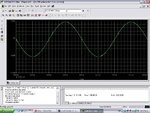mf1364
Full Member level 3

Hi every body
I want to design an audio amplifier circuit using LM386 and LM358 . after that I decide to use it in a intercom circuit so does any body have a industrial and practical circuit for me and I have tried The advised circuit in the data sheet but it doesn't work good ! by the way I am looking forwards to finding a preamplifier circuit by transistor for Amplifying Mic Signal please suggest schematic for this one too . ps = 5v or 12V
I want to design an audio amplifier circuit using LM386 and LM358 . after that I decide to use it in a intercom circuit so does any body have a industrial and practical circuit for me and I have tried The advised circuit in the data sheet but it doesn't work good ! by the way I am looking forwards to finding a preamplifier circuit by transistor for Amplifying Mic Signal please suggest schematic for this one too . ps = 5v or 12V


